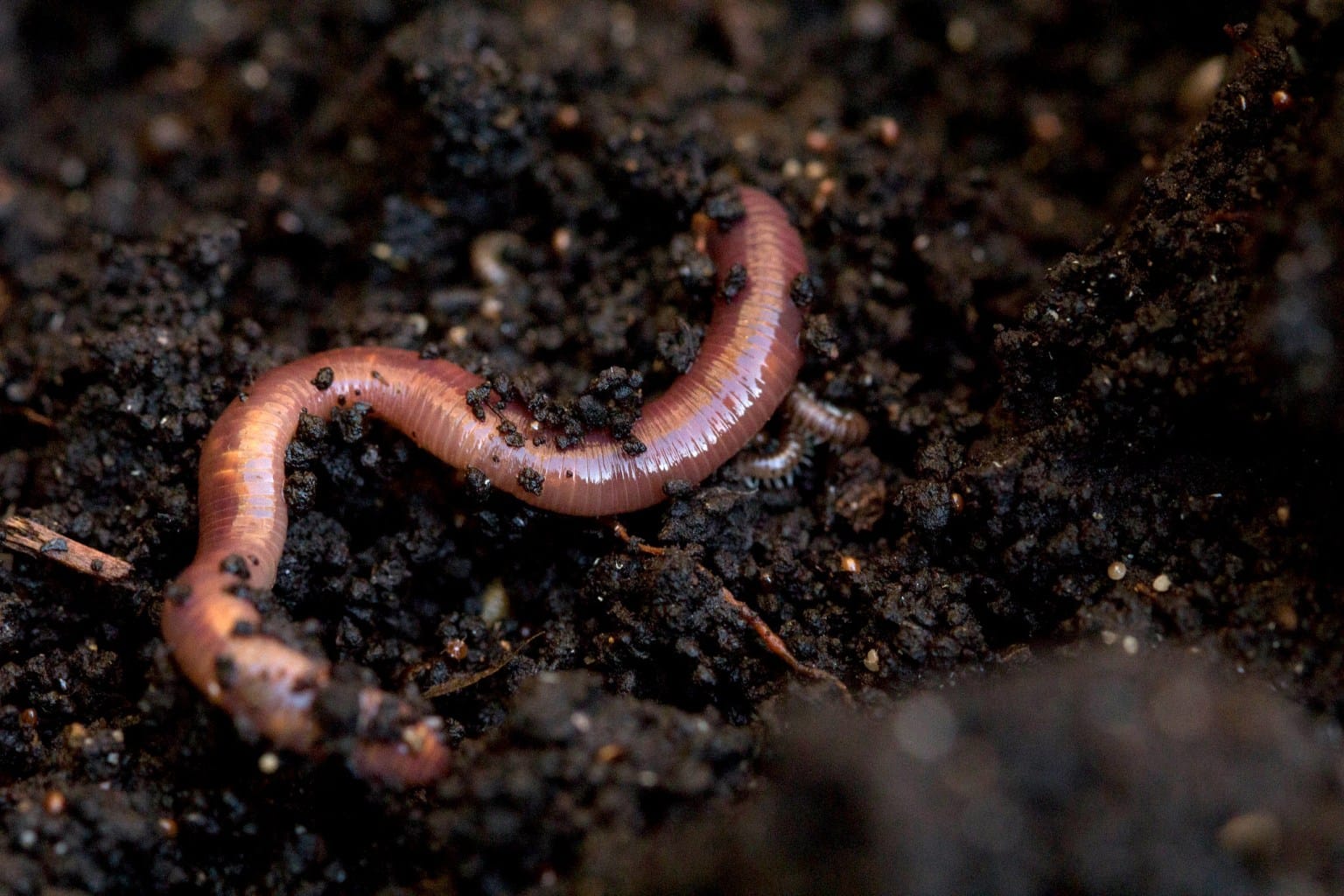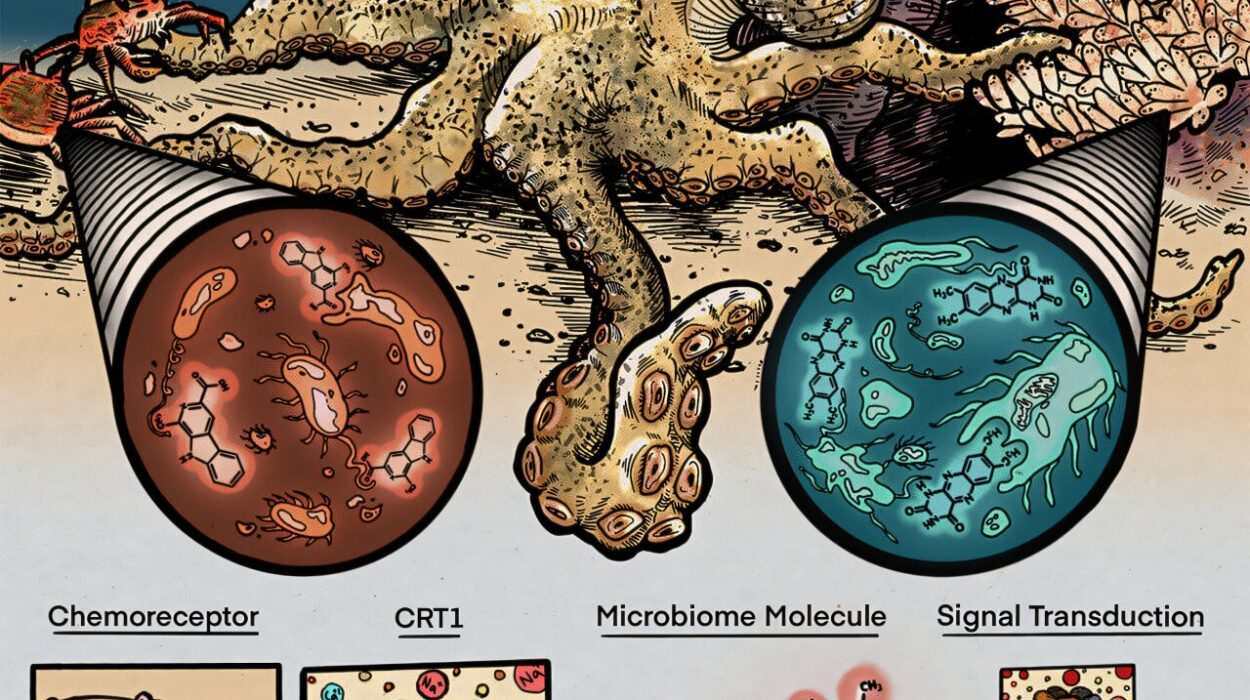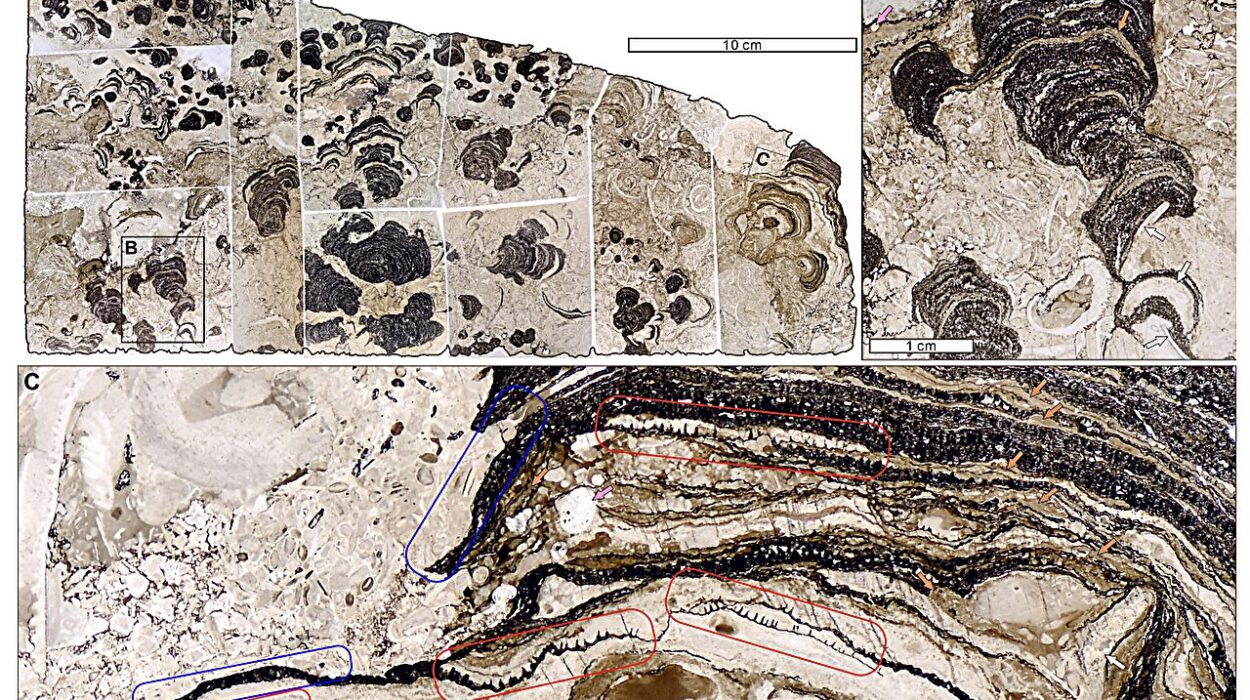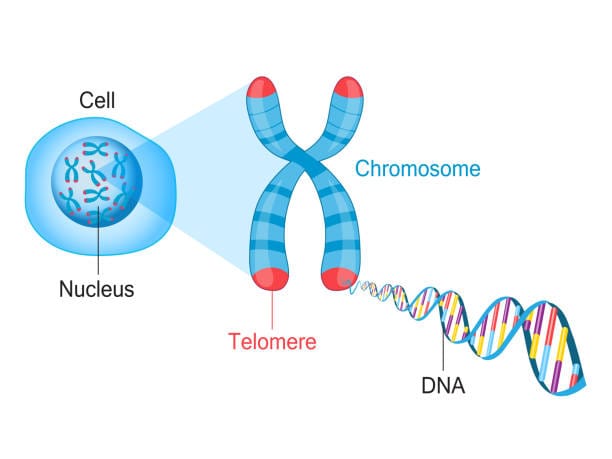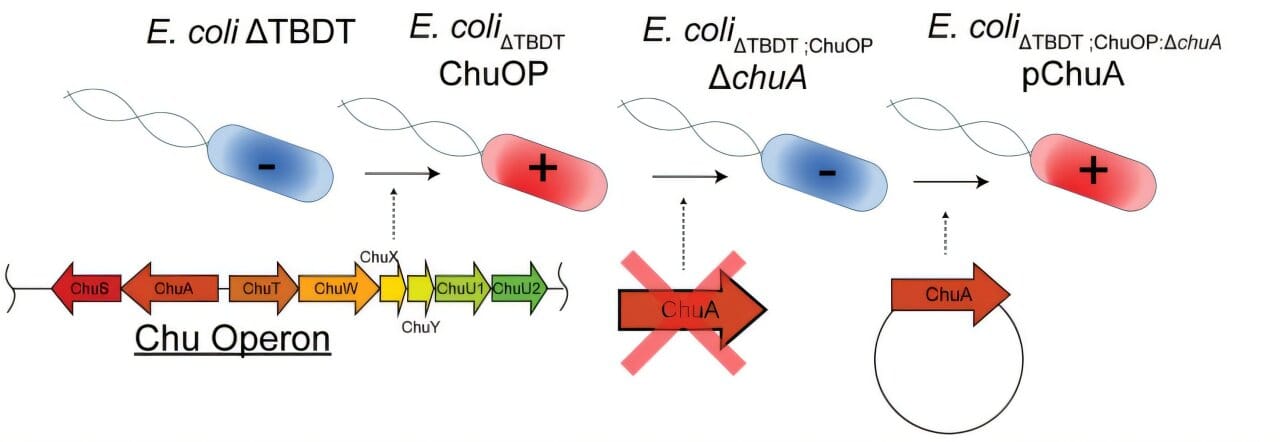They emerge with the rain, wriggling across sidewalks and curling in the grass. To most people, earthworms are nothing more than slimy, dirt-covered creatures—forgettable and often stepped on without a second thought. But beneath their humble, squirming form lies one of nature’s most powerful forces. Earthworms are not just residents of the soil; they are its engineers, caretakers, and life-givers. Long before humans tilled the land, earthworms were shaping the earth, turning death into life, waste into fertility, and dust into abundance.
Charles Darwin, whose curiosity unraveled the secrets of natural selection, spent the last years of his life studying these seemingly simple creatures. He concluded in 1881 that earthworms have “played a more important part in the history of the world than most persons would suppose.” He was right. Without earthworms, the very foundation of life on land—soil—would be less fertile, less alive, and far more fragile.
Today, in an age of climate crisis, soil degradation, and food insecurity, the role of earthworms has never been more urgent or more worthy of reverence. These tireless creatures are the quiet custodians of our planet’s health. To ignore them is to forget the roots of our sustenance.
The Anatomy of a Soil Transformer
At first glance, the earthworm is an unassuming biological machine. Its body, moist and segmented, ripples through the soil without limbs, eyes, or lungs. But this simplicity hides a remarkable complexity. Earthworms breathe through their skin, which must remain moist to allow gas exchange. Their muscles contract in waves, propelling them forward or backward, depending on their needs. Inside, a muscular gizzard grinds down organic matter, preparing it for digestion and transformation.
Their bodies are divided into segments called annuli, each equipped with tiny bristles—setae—that help them grip the soil as they move. The clitellum, a thickened band near the head, plays a key role in reproduction, producing a mucous cocoon in which eggs are deposited and fertilized.
Yet it is what happens outside their bodies that truly reveals their genius. As earthworms tunnel and feed, they reshape the soil’s architecture and chemistry. They mix, aerate, decompose, and fertilize—all through the simple acts of eating and burrowing.
Their lives may seem repetitive, but the consequences of their actions are profound and lasting.
Tilling the Earth—Nature’s Way
Long before steel plows carved up fields, earthworms were the original tillers of the earth. As they tunnel through soil, they create networks of microscopic passageways that allow air, water, and nutrients to penetrate deep into the ground. These channels reduce soil compaction, increase porosity, and enhance the root systems of plants.
Modern farming often relies on mechanical tilling to loosen soil and incorporate organic matter. But excessive tillage can destroy soil structure, release carbon, and disrupt microbial life. Earthworms, by contrast, provide a gentle, continuous form of tillage that preserves the integrity of the soil while enhancing its fertility.
Their burrowing behavior also helps combat erosion. During heavy rains, soils devoid of worms often suffer from water runoff and nutrient loss. But where earthworms are abundant, their channels absorb and redirect rainfall, reducing the impact of floods and droughts alike. They act as engineers of resilience, buffering the land against nature’s extremes.
Nature’s Composters and Chemists
Perhaps the most miraculous function of earthworms is their ability to transform waste into nourishment. As they consume dead leaves, roots, decaying organisms, and even microbial detritus, earthworms break down organic matter into simpler components. Inside their digestive tract, this material is chemically altered, enriched by microbial activity, and expelled as castings—tiny mounds of nutrient-rich feces that are far more fertile than the surrounding soil.
These castings are a gift to plants. They contain higher levels of nitrogen, phosphorus, potassium, and micronutrients than untreated soil. Moreover, the nutrients in worm castings are more bioavailable, meaning they are easier for plants to absorb. The slow-release nature of this fertilizer also prevents leaching and nutrient loss, unlike synthetic fertilizers that often wash away with rain.
Worm castings also improve soil structure by binding particles together into stable aggregates. This enhances water retention and allows roots to grow deeper and stronger. In essence, the earthworm is a living compost factory, churning out black gold that feeds ecosystems from the ground up.
Partners in the Soil Food Web
Earthworms do not act alone. They are part of a vast and intricate soil food web—a dynamic system of bacteria, fungi, protozoa, nematodes, arthropods, and plant roots that interact in complex and often mysterious ways. Within this hidden ecosystem, earthworms play both the role of predator and prey, consumer and creator.
As they move through the soil, earthworms stimulate microbial activity. Their digestive tracts are teeming with bacteria and enzymes that help break down organic matter, and their castings often contain even higher microbial counts than the surrounding soil. These microbes, in turn, contribute to nutrient cycling, disease suppression, and soil stabilization.
Earthworms also interact with mycorrhizal fungi, forming mutualistic relationships with plant roots. By creating tunnels and altering the soil’s chemistry, they facilitate the spread of fungal hyphae, which extend a plant’s ability to absorb water and nutrients. In return, plants grow stronger and more resilient—an invisible alliance forged in the soil.
Predators such as birds, frogs, beetles, and mammals feed on earthworms, making them a vital link in the food chain. Their presence signals a healthy ecosystem, and their absence often foretells its collapse.
Soil Health and Agricultural Sustainability
Modern agriculture faces a daunting paradox: the need to increase food production while preserving the very soil that makes farming possible. Intensive cultivation, heavy use of chemical fertilizers and pesticides, monoculture planting, and deforestation have all contributed to a global decline in soil health. The world loses an estimated 24 billion tons of fertile soil each year—a quiet crisis that threatens long-term food security.
Earthworms offer a natural, regenerative solution.
In sustainable farming systems—such as no-till agriculture, permaculture, and organic farming—earthworm populations thrive. These practices preserve organic matter, reduce chemical inputs, and encourage biodiversity, creating ideal conditions for worms to flourish. As their numbers increase, so does soil fertility, moisture retention, and crop productivity.
In some systems, farmers actively introduce earthworms into degraded soils, a practice known as vermiremediation. By combining organic waste with worms in a controlled setting, they can produce high-quality compost—vermicast—that rejuvenates dead soils. Such techniques are now used in reforestation projects, urban gardens, and even large-scale commercial farms.
Earthworms embody the principles of circular agriculture: waste becomes resource, decay becomes rebirth, and simplicity becomes power.
Climate Change and Carbon Storage
The carbon cycle begins and ends in the soil. As plants photosynthesize, they draw carbon dioxide from the atmosphere and convert it into sugars, which feed not only the plant itself but also the billions of organisms living in the soil. When these plants die and decay, their carbon is either released back into the atmosphere or sequestered in the soil, depending on the conditions.
Earthworms play a crucial role in this cycle. Their mixing and digestion of organic matter help stabilize carbon in the soil, increasing its long-term storage potential. By encouraging plant growth and microbial activity, they accelerate carbon input while minimizing emissions.
But their role is complex and still under study. In some contexts, especially in colder regions with formerly worm-free soils (like parts of North America affected by invasive species), earthworms may accelerate the decomposition of organic matter and release carbon. This highlights the need for careful management and understanding of native versus non-native species.
Nevertheless, in most temperate and tropical systems, healthy earthworm populations are associated with increased carbon sequestration, making them a potential ally in the fight against climate change. In the underground war for climate resilience, the earthworm may prove to be one of our most potent allies.
Cultural History and Symbolism
Earthworms have been known to farmers and gardeners for millennia. Ancient Egyptians considered them sacred, believing that their presence enriched the Nile’s floodplains. Aristotle referred to them as “the intestines of the earth,” recognizing their digestive role in the planet’s metabolism. Indigenous cultures across Asia, Africa, and the Americas understood their value intuitively, building farming systems that nurtured the soil and its living inhabitants.
Yet in modern culture, earthworms have often been reduced to bait or pests, associated with rot and decay rather than renewal. They wriggle underfoot, unnoticed or unwanted, despite the fact that human civilization depends on the soil they sustain.
In recent decades, however, public awareness has begun to shift. Movements in regenerative agriculture, environmental education, and climate activism have brought renewed attention to these humble creatures. Schools teach children to compost with worms. Urban farms celebrate them as composting champions. Scientists delve ever deeper into the mysteries of their behavior, chemistry, and genetic diversity.
From sacred symbol to scientific subject, the earthworm’s journey through history mirrors our evolving relationship with the earth itself.
The Threats They Face
Despite their resilience and ancient lineage, earthworms face growing threats from human activity. Habitat loss, soil pollution, chemical contamination, and invasive species are taking a toll. Pesticides and synthetic fertilizers can disrupt their digestive systems, impair reproduction, and reduce microbial symbionts critical to their survival.
Climate change brings additional pressures. Droughts dry out the soils they need to breathe. Extreme heat alters microbial communities. Changes in vegetation and rainfall patterns can shift the balance of soil chemistry, making habitats inhospitable. In some cases, invasive worm species outcompete natives, disrupting ecosystems in unintended ways.
Their absence is not immediately obvious. It is not marked by mass die-offs or dramatic migrations. Instead, it is felt in subtler ways—in the crops that fail, the forests that struggle, the erosion that eats away the land. Their silence is a whisper of warning from the earth.
Protecting earthworms means rethinking how we treat soil, waste, and agriculture. It means embracing practices that work with nature rather than against it. And it means acknowledging that the smallest lives can hold the greatest consequences.
The Path Forward
The path to a healthier planet runs through the ground beneath our feet. Earthworms, with their tireless burrowing and humble appetites, show us how regeneration can come from below. They teach us that systems can be rebuilt, that decay can become rebirth, that healing can begin in silence.
Supporting earthworm populations is not simply a matter of biology—it is a moral and ecological imperative. It begins with composting kitchen scraps instead of sending them to landfills. It involves reducing chemical inputs and planting cover crops to feed the soil. It means protecting forests, wetlands, and grasslands that serve as their homes. It requires collaboration between farmers, scientists, policymakers, and citizens to recognize the value of life beneath the surface.
The challenge is immense, but the rewards are greater. In nurturing the worms, we nurture ourselves.
A Final Word on the Humble Giant
Earthworms will never grace the headlines of global summits or feature in Hollywood films. Their work is quiet, invisible, slow. But it is no less revolutionary. In the world of soil, they are giants—shapers of ecosystems, guardians of fertility, stewards of life.
Darwin was right. They have changed the world in ways we are only beginning to understand. And if we listen closely, if we bend down and feel the soil in our hands, we might just hear the faint echo of their labor—transforming the earth, one breathless inch at a time.
They ask for nothing but a place to dig, a leaf to eat, a patch of darkness.
In return, they give us a living planet.
